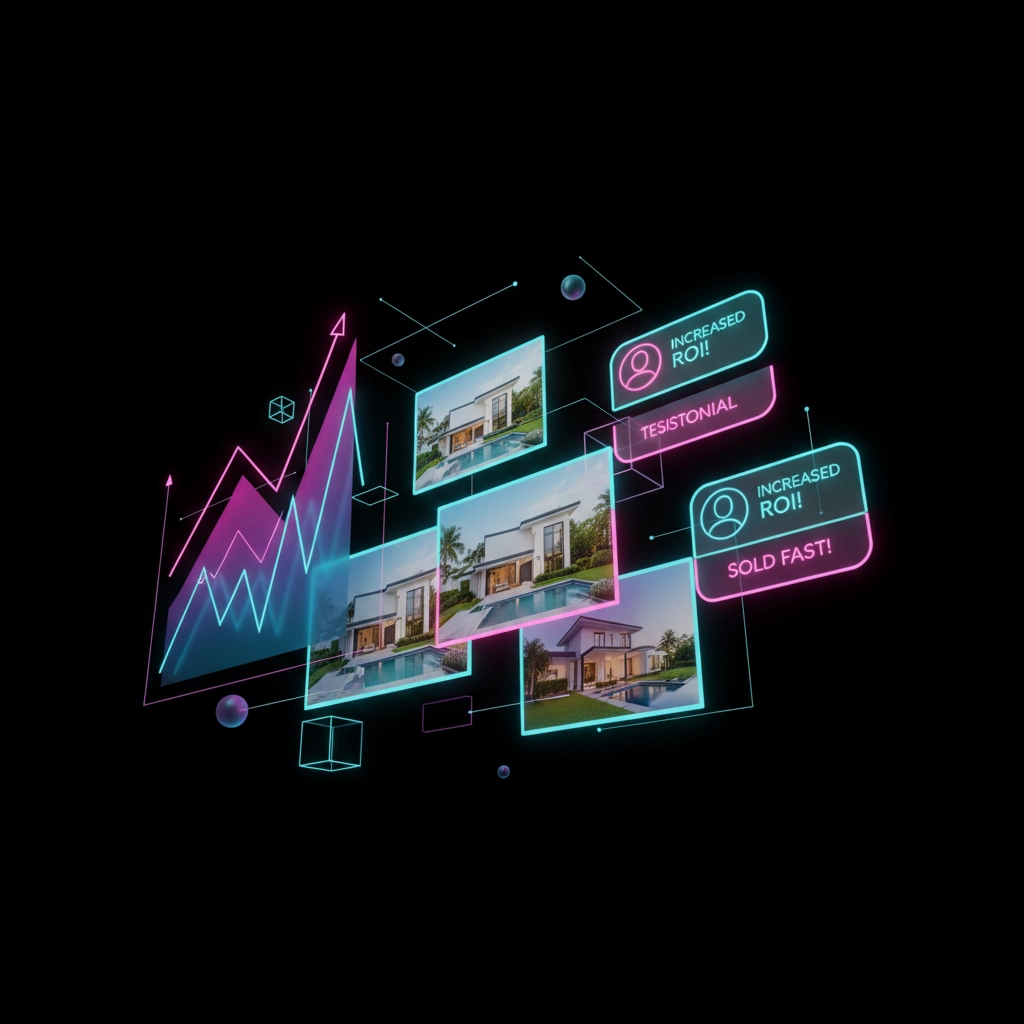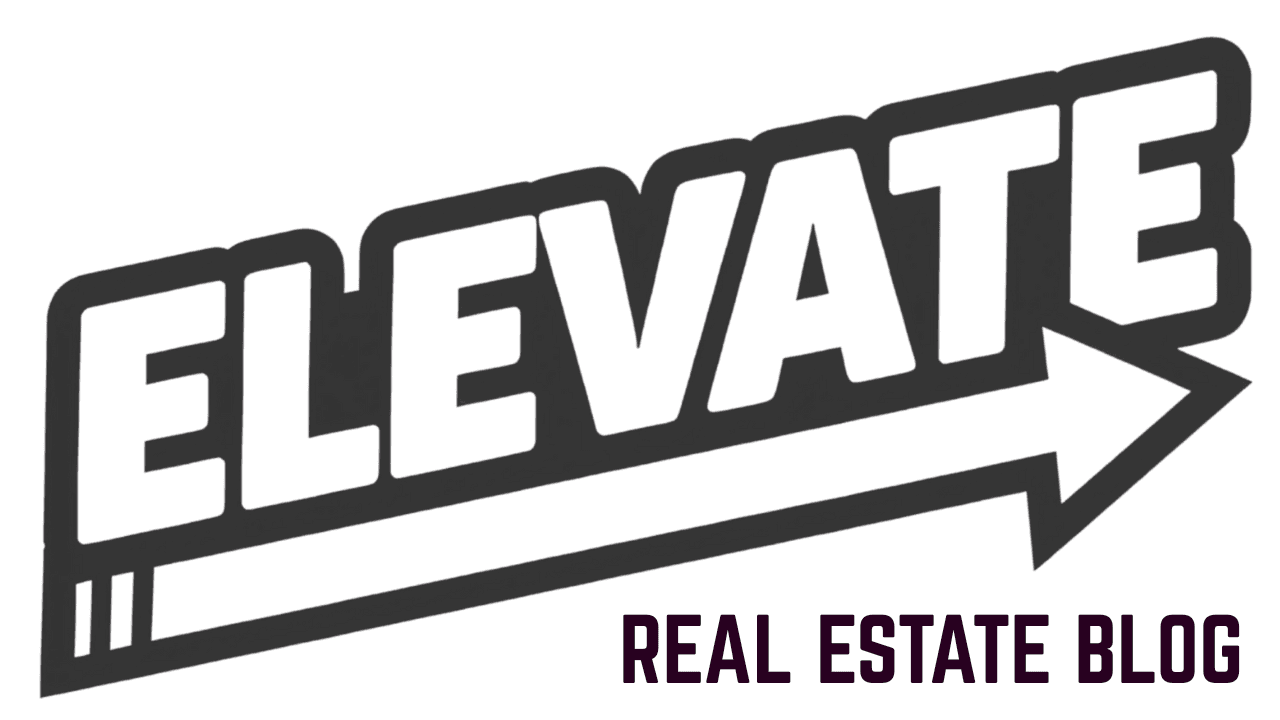Email newsletters remain one of the most effective marketing tools for real estate agents. They deliver an average ROI of $42 for every dollar spent. Yet most agents struggle to create newsletters that generate leads and close deals.
This guide covers everything you need to build a newsletter that converts prospects into clients and keeps past customers engaged.
Building Your Subscriber Base
Your newsletter needs readers before it can generate results. Start by adding opt-in forms to every page of your website. Place them in your header, footer, and sidebar for maximum visibility.
Create a compelling lead magnet to encourage signups. Market reports, buyer guides, and neighborhood analyses work well in real estate. These resources provide immediate value while positioning you as a local expert.

Capture email addresses at every touchpoint. Collect them at open houses, listing appointments, and networking events. Add a signup sheet to your car window display and business cards.
Social media offers another avenue for list building. Pin opt-in posts to your Facebook page and include newsletter signup links in your Instagram bio. Share snippets of your newsletter content to showcase its value.
Choosing the Right Platform
Select an email service that handles your volume and budget requirements. Popular options include Mailchimp, Constant Contact, and ConvertKit. Each offers templates, automation features, and analytics tracking.
Look for platforms that integrate with your CRM system. This connection allows automatic list updates and better contact management. Many real estate CRMs include built-in email marketing tools.
Consider deliverability rates when choosing a service. Established platforms maintain better relationships with email providers, ensuring your messages reach subscriber inboxes rather than spam folders.
Content That Converts
Avoid the common mistake of creating sales-heavy newsletters. Readers unsubscribe from content that feels like constant promotion. Instead, provide 80% valuable information and 20% promotional content.
Include local market updates in every newsletter. Share median home prices, days on market, and inventory levels for your area. This data positions you as the go-to source for market intelligence.
Feature client success stories and testimonials. These build credibility while demonstrating your ability to deliver results. Include photos when possible to make stories more engaging.

Add educational content that helps readers make better real estate decisions. Topics like home maintenance tips, financing options, and market timing advice provide ongoing value. This content keeps subscribers engaged between transactions.
Share upcoming events and new listings, but frame them as opportunities rather than sales pitches. Explain how each listing might benefit specific buyer types or what attendees will learn at your seminars.
Design Fundamentals
Use a consistent template for brand recognition. Include your photo, logo, and contact information in every newsletter. Consistency builds familiarity and trust with your audience.
Ensure mobile responsiveness. Over 60% of emails are opened on mobile devices. Test your newsletter on different screen sizes before sending.
Keep your layout clean and scannable. Use headers, bullet points, and white space to break up text. Most readers skim content rather than reading every word.
Include professional photos of listings and local attractions. Visual content increases engagement and makes your newsletter more shareable. Avoid stock photos that look generic or fake.
Automation and Scheduling
Set up automated welcome sequences for new subscribers. Send a series of 3-5 emails over the first month introducing yourself, sharing your background, and providing valuable resources.
Create automated drip campaigns for different subscriber segments. New homeowners need different information than potential sellers or investors. Segmented content improves engagement and conversion rates.

Schedule newsletters for optimal send times. Most email platforms provide analytics showing when your audience is most active. Tuesday through Thursday typically perform better than Mondays or Fridays.
Maintain a consistent sending frequency. Monthly newsletters work well for most real estate agents. Weekly can be effective if you have enough quality content. Avoid irregular sending patterns that confuse subscribers.
Measuring Success
Track key performance metrics to improve your newsletter over time. Open rates indicate subject line effectiveness. Click-through rates show content engagement. Conversion tracking reveals which content generates leads.
Monitor your unsubscribe rate closely. Rates above 2% suggest content or frequency issues. Survey unsubscribing contacts to understand their reasons for leaving.
Use A/B testing for subject lines, send times, and content formats. Test one element at a time to identify what drives better performance. Small improvements compound over time.

Track which newsletter content generates the most website traffic and leads. This data helps you focus on topics that resonate with your audience. Tools like Pulse Intelligence can help you analyze which marketing activities drive the best results across all your channels.
Getting Started
Begin with a simple template and focus on consistency over perfection. Choose 3-4 content sections for each newsletter and stick to that format. You can refine and expand later as you gain experience.
Write your first month of content before launching. This preparation ensures you can maintain regular sending schedules even during busy periods. Plan seasonal content in advance for holidays and market cycles.

Set realistic goals for your first year. Aim for a 20-25% open rate and 2-3% click-through rate initially. These benchmarks improve as you refine your content and learn your audience preferences.
Start collecting feedback from your most engaged subscribers. Ask what topics they want covered and what format works best for their needs. This input guides your content strategy and improves subscriber satisfaction.
Advanced Strategies
Integrate your newsletter with your broader marketing strategy. Use consistent messaging across your website, social media, and print materials. Cross-promote your newsletter content on other channels for maximum reach.
Consider partnering with local businesses for newsletter content. Feature mortgage lenders, home inspectors, and contractors in exchange for cross-promotion to their audiences. These partnerships expand your reach while providing valuable resources to subscribers.
Create special edition newsletters for major market events or seasonal topics. Year-end market summaries, spring selling guides, and holiday home preparation tips can generate higher engagement than regular newsletters.
Your newsletter becomes a powerful lead generation and nurturing tool when executed consistently with valuable content. Focus on serving your audience first, and the business results will follow naturally.




